Wild West Words: SKIJORING, SKILIGRAPHY & HOARFROST
SKIJORING
“The new sport which has lately been introduced at Beloit is skeeing. They are long ash planks... turned up at the end, and are warranted to take down hill quicker than a wink. After some practice performers become very expert, and the speed with which they go is something surprising (Beloit College, Wisconsin, “Round Table,” Dec. 18, 1885).”

This is one of the earliest mentions of the sport of skiing as practiced in the United States. Nineteenth century forms of the word sometimes appeared as skee and skeeing, but by the 1920s, ski was the standard American English spelling.
The ultimate source of ski is the Old Norse skith, literally, “stick of wood.” Americans (and everyone else in the world) borrowed its modern descendant ski directly from the Norwegian language.
While for centuries Laplanders skied behind harnessed reindeer, North American skiers attached themselves to galloping Quarter Horses. Enter equestrian skijoring, where Scandinavia meets the Wild West. Experimentation with the sport began with the 10th Mountain Division “Soldiers on Skis” in the late 1940s as they returned from WWII.
Equestrian skijoring has since organized and become competitive. The annual World Skijoring Championships are held in Whitefish.
Another word of Norwegian origin, skijoring (ski + kjøre “to drive”) has now become a standard entry in every American English dictionary.
SKILIGRAPHY
“The shape of graceful ski tracks through unskied powder snow” is how one Helena telemark skier defined his newly-coined term skilligraphy.

A playful linguistic merging of ski and calligraphy, skilligraphy is a fitting reference to the elegant curving, swooping and looping of the tracks left by an accomplished backcountry skier.
The term that inspired the tail end of this blend word, calligraphy, deserves a closer look. Calligraphy literally means “beautiful writing,” and derives from the Greek term kalos, “beautiful,” and graphy, from the verb graphien, meaning “to write.”
So with that in mind, the coinage of skilligraphy is especially apt, implying that, just as a skilled calligrapher leaves graceful ink marks on the white page, a skilligrapher, turning and looping through the backcountry, etymologically leaves his signature on immaculate powder snow.
HOARFROST
As the northern hemisphere tips away from the sun, the daylight hours shorten and temperatures tumble. Then winter arrives, bringing with it interesting and complex precipitation. Every Montana outdoor enthusiast can tell stories of their experiences with sleet, slush, frost, blizzard, graupel, hardpack, and powder snow.
Hoarfrost is one of winter’s more charming expressions. With its delicate crystals alighting on tree branch, grass blade, and the arc of wire and fence, hoarfrost enchants the hiemal landscape.
The hoar in hoarfrost began life in the language as a specific type of color term. To our English-speaking predecessors, hoar was an adjective meaning “grey or white with age.” Thirteenth through eighteenth-century citations mention “hoar beards” and “hoar hair” on the heads of the aged.

The deposit of spiky ice crystals forming under just the right winter conditions reminded past English speakers of an old man’s bushy white beard or hair: hence hoarfrost. The term appears in a collection of Old English verses dated 1290. The author notes, “the hoar-frost cometh when it is so cold that it freezeth at night...”
German speakers adopted a form of the word and turned it into Herr, a title of respect. Etymologically buried within this designation is the notion of a venerable, grey-haired man.






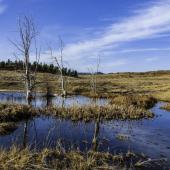
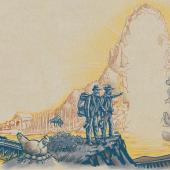
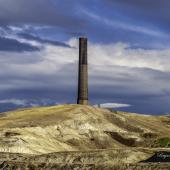
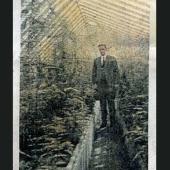
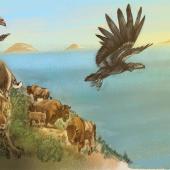
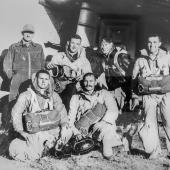

Leave a Comment Here